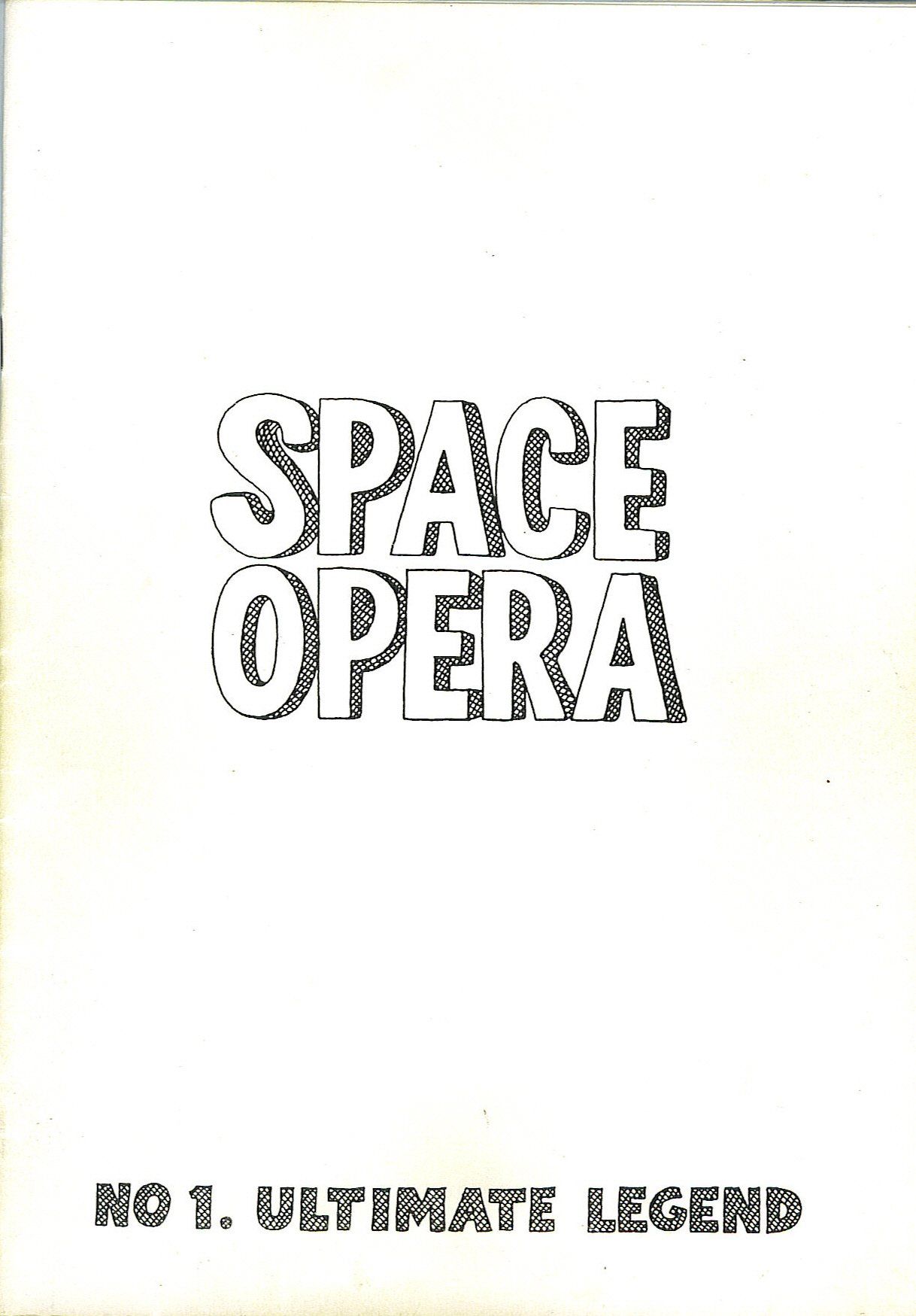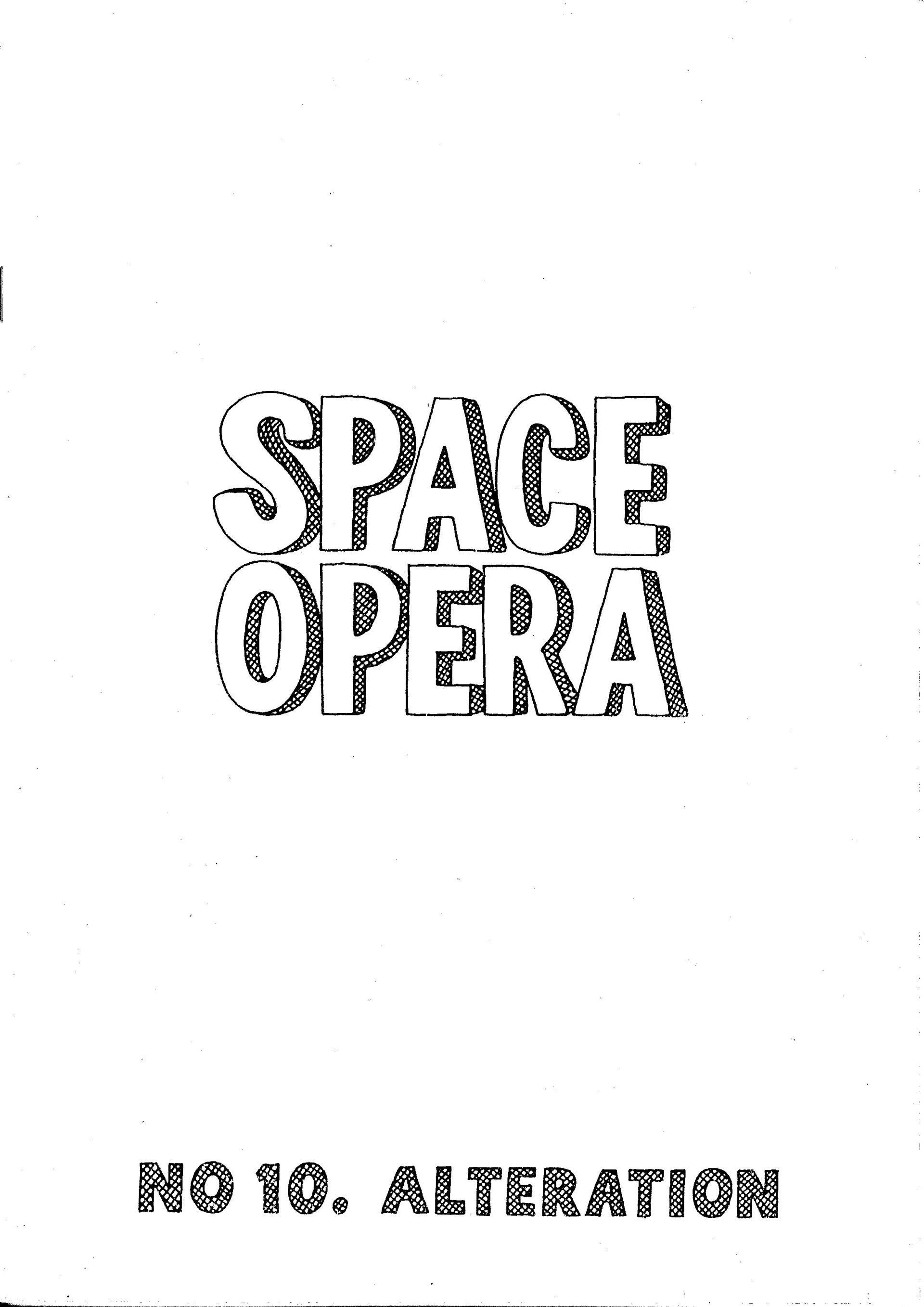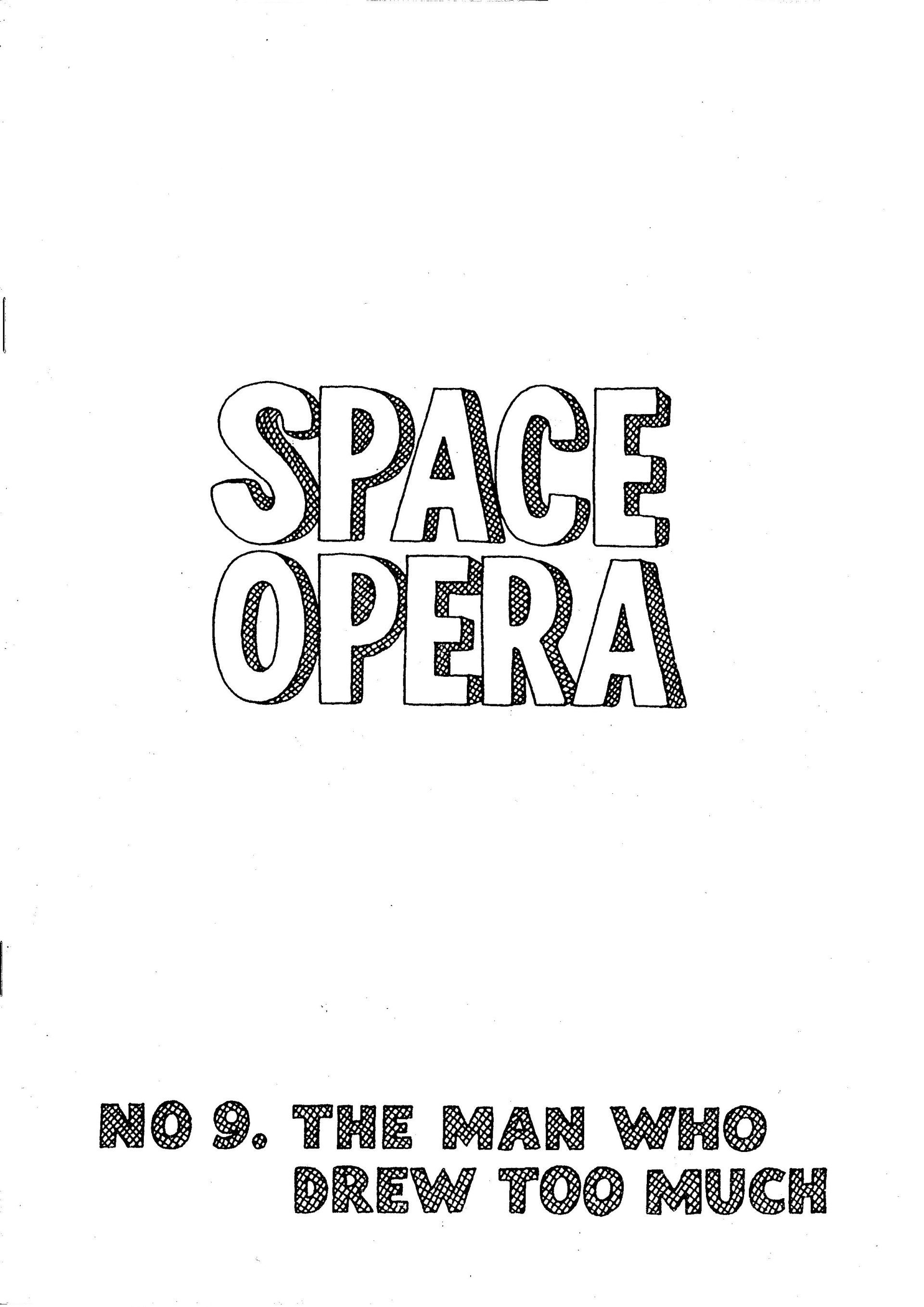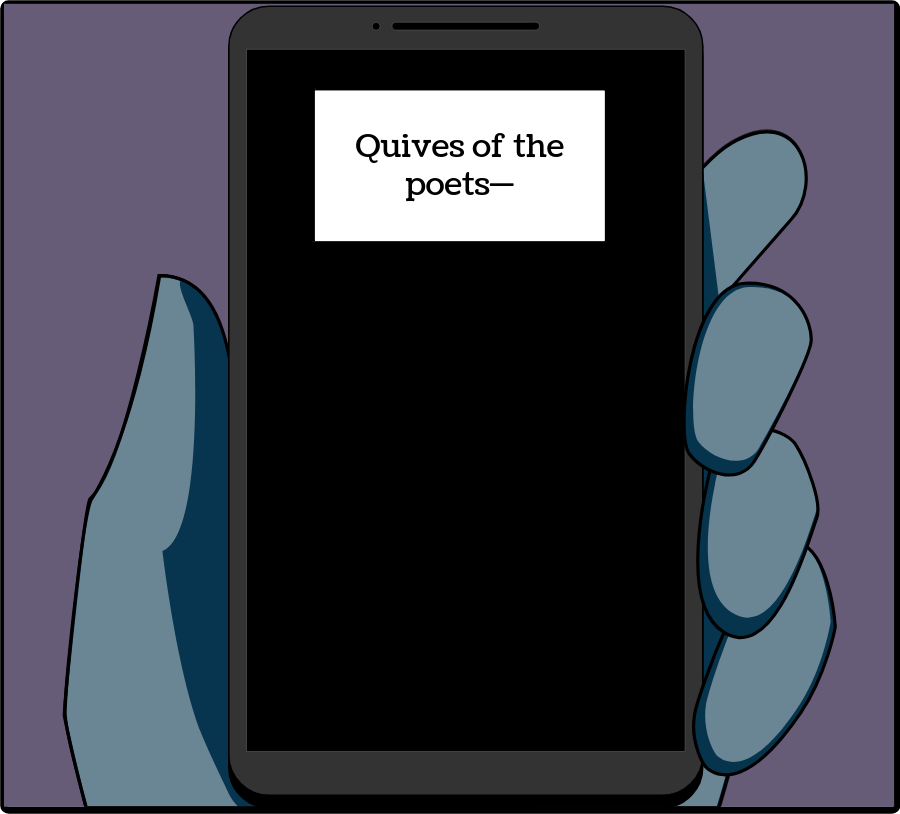Covers for Space Opera's 1997-99 pamphlets are reproduced from old scans. They are nearer actual size than reduced images appearing on parallel blogspot posts. Because of their increased scale at HomeBaked, some covers have spots, lines and processual marks left in. The decision to sometimes include, or edit out evidence of jpeg reproduction is random. The publication of rusty old staples are left in here for March 1999's tale 'The Man Who Drew Too Much'.
'The Man Who Drew Too Much' is the pamphlet that
went against Mike Weller's idea of upsetting an underground comics ethos with superhero characters 'fighting across generations in space and time'.What or whom was altering Mike Weller
's twenty-first century Cosmic Crusaders storybook plan for his own written and illustrated small press comic series?
Within Space
Opera's The Man Who Drew Too Much
is an imagined yet conventional
twentieth century English paperback novel written by Mike Weller's
conservative-leaning character M. J. Weller. A third novel in an
imagined trilogy featuring MJ's nemesis—a miitant socialist character
also named Mike Weller.
In
fiction-within-fiction-within-fiction, far left anticapitalist character Mike
Weller goes to South East Polytechnic to study culture and media after responding to an advert in a 1980 NME
. As a newly graduated mature
student this Mike Weller plans to continue study in the New Communist
society. A reconstructed society like modern China based on a regulated
Marxist-Engelsian state combined with an outsourced Earth Corporation
free market in cheap goods and services including health, education,
leisure, precarious work, and pleasure. MJ's Mike character works as low
level local state bureaucrat for the GLC after graduating with a modest
degree. His former occupation as failed commercial artist is erased
after drawing too many scurrilous cartoons depicting the political
system he imagines he lives in ("the marriage of heaven and hell").
Weller loses his GLC-funded community coordinator job after Bromley's
incumbent Conservative Council leads a campaign to abolish London's new
local state. An academic career is also eliminated after Weller fails to
obtain a post-graduate degree at polytechnic after handing in a
dissertation entitled 'Aesthetic and Ideological Representations of
Cliff Richard in Popular Culture' .
Mike Weller's Space Opera
number nine opens with a 1986 extract from his fictional author M. J. Weller's Earth Corporation Entertainments obituary for Ed Mogul (Eduard Mogilowski) in which Mogil's life as young communist, Cosmic Crusaders creator, RAF serviceman, successful mass publisher before an humiliating prosecution for obscenity (he published and printed illustrations by his jobbing artist "Gatch"). Character Mike Weller's introduction and progress at Mogul
Studios (as Weller knew Eddie Mogul in the 1960s) are detailed, as is work depicting the style of other Cosmic Crusaders' illustrators—Gatch, Sid Muddleton and Nick Muir.
Life of Mogil is followed by an Austin Spear-esque comic strip visualizing how "Gatch"(Weller's artist spirit-guiding character Graham Cratchett) illustrates. "Cratchett" is drawn over four pages in nullimaginative style featuring cartoon apparitions with balloon captions in shaded lettering befitting a benign mind-planter—followed by a page of Mogilowski's 1928 tale of angel-children Seraphim, Cherubim; and appointment of Mogil's original character Pin-Eyed Ferryman as special agent located on Earth: Ferryman moving as secret agent between this world and the otherworld; painstakingly copied in hand-lettering, and illustrated by Mike Weller, in spirit-guide Cratchett's black & white style.
A three-page comic-strip featuring Ferryman, Seraphim and Cherubim follows in nullimaginative drawing style ending with double-page "The Virtuous Angels Of Musical Eternity".
On Earth, in Mike Weller's Space Opera
, the mode of music changes in social and political reality. Spooks are at work. 'The Man Who Drew Too Much' is also the last issue of Space Opera
to engage with 1990s' alternative comics, sci-fi fanzines and Weller's graphic novel ambitions. Contact with the work of real life London's writers and alt-poets including UK's Iain Sinclair-led psychogeographic conductors of chaos give licence to MJ, permitting him to author a new writer of a different Mike Weller. Comic artists, cartooning Mike Weller of the late 20th century and his graphic novelist and illustrator peers become them
not us.
Weller pretends to draw in the style of several illustrators known forupgrading the status ofcomic books—inventing composite character 'Nick Muir'. Weller brings Nick Muir to life. A Nick Muir invented by MJ just to ridicule aparanoid looney left cartoon
character named Mike Weller.
Three of the Wellers, along with Nick Muir, are Michael John Weller's characters. And so is Mike Weller's Jobshop advisor 'Mr Elmaz' in a 1999 Space Opera
tale.Weller is a good enough illustrator to make a detailed study of character Nick Muir's artistic development over several years as he tracks through Space Opera
Muir's early drawing style influenced by "Gatch".A further MJ character "Sid Muddleton",
Mogul's friend, art director, production manager—yet pedestrian illustrator—reinvented Cosmic Crusaders for comic strip adventures in 1961 as the Teenbeat Marvelettes. Nick Muir took over "Teenbeat Marvelettes" comic work for Ed Mogul's music and comic-book publications beginning 1962 finishing in 1969. Mogul's commercial artists and several of their selected comic strips over the years are illustrated by Mike Weller pretending to draw as "Gatch", "Sid Muddleton", "Nick Muir", and as Weller "himself" in this ninth "tale from wellerverse".
The pamphlet finishes with a hand-lettered page and explanatory. There are four Mike Wellers in different spatial realities. Michael John Weller is the artist, writer and designer of the opera. And author of the libretto. But number nine is also an issue when music stopped as background to reading/viewing space opera. Partly due to increasing use of easy listening pop as continuous waiting-in-line government telephone holds and reported use of loud heavy metal as a military interrogation weapon. A soundtrack of continuous death metal, drill and two-minutes-to-midnight global climate catastrophe with hypertensive nuclear weaponization drumrolls. The new abnormal. A doomsday clock
tick-tock, tock-ticking away like twelve-tone serial noise . Space Opera
's soundtrack turns into a docu-track of cartoon re-scribbles.
Everything once drawn is changed for a sinister, spurious, tawdry Glory Glory Glory Temple built to celebrate the new millennium on an island of a hundred million nightmares.



